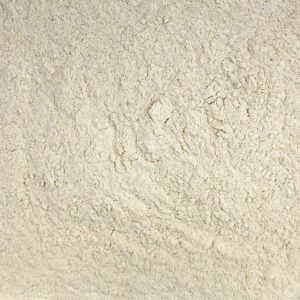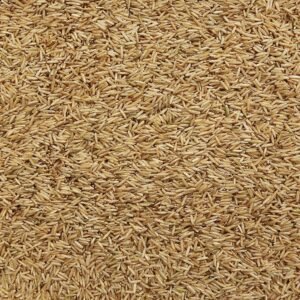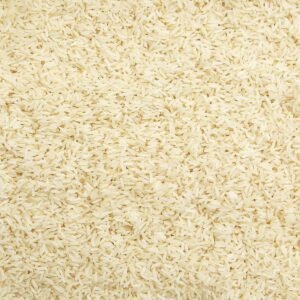
- Locate us Easily

-
 98, Moo 9 Yangarm,nongphai Phetchabun 67220 Thailand
98, Moo 9 Yangarm,nongphai Phetchabun 67220 Thailand
-
Open 08:30 To 17:45
Mahad Thai Global Trade Ltd: Connecting Worlds, Nourishing Lives!
Description
Botanical Name: Avena sativaOrigin: CanadaProduction: the raw oat groat is separated from its outer hull by centrifugal acceleration and winnowing. The groat is then cut into a few pieces using sharp metal blades.Oats are believed to be first cultivated in the Middle East around 3000 years ago and subsequently spread to more Northern climates, becoming a popular food staple throughout Europe. In the 17th century, British settlers introduced oats to North America where they have been farmed ever since. Today, the oats are primarily bailed and sold as animal feed and secondarily used for culinary (whole groats, steel cut, flaked and milled into flour) as well as medicinal purposes (see oat tops and oat straw).Qualities: oats are about 66% carbohydrates (including 11% dietary fiber and 4% beta-glucans), 7% lipids and 17% protein. Their high fiber content and especially the Beta-glucans (a type of soluble fiber) have shown to lower cholesterol and reduce the risk of type 2 diabetes and heart disease.Oats are also a very good source of the vitamin B complex and minerals such as phosphorus, potassium, magnesium, calcium, and zinc. Even though pure oat groats do not contain gluten, most oats are cultivated and processed in such a way that cross-pollination and cross-contamination with wheat are likely to occur.Common use: similar to oat groats, steel cut oats (aka Irish oats), have a nuttier flavor and chewier texture than more processed oats but cook faster than groats due to the increased surface area (approx. 20 minutes on stove topless if presoaked, and suitable for a slow cooker or as overnight oats). Makes an excellent hot breakfast cereal, pilafs, and stuffing.Storage: keeps well in a sealed container in a cool, dry, and dark location
Disclaimer: this information is for educational purposes only and has not been evaluated by the FDA or CFIA. It is not intended to diagnose, treat, cure, or prevent any disease. This product has been packaged in the same facility as peanuts, tree nuts, wheat, soy, and other potential allergens.
Related Products
Sign in
No account yet?
Create an Account

 Nuts & Dried Fruits
Nuts & Dried Fruits
 Meat & Poultry
Meat & Poultry



 Seeds & Pulses
Seeds & Pulses
 Spices & Herbs
Spices & Herbs
 Beverages
Beverages







